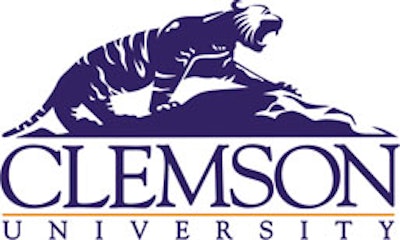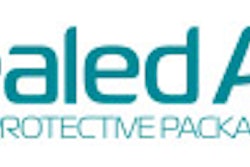
Wouldn’t it be a shame if after years of testing and development, a technology that improved food safety didn’t get commercialized due to fear and miscommunication? This has already happened with irradiation. Microwave food packaging is another potential victim of “bad press.” My food packaging colleagues and I are constantly asked about its safety. Why? Partly due to email chains circulating among the public that sound so convincing that even people who should know better start to question their own opinion of the safety of microwave food packaging.
One of these popular email chains refers to a high school science student who “discovered” that DEHA migrated from Saran wrap. It uses phrases that sound scary such as “poisonous toxins” and “cancer-causing particles that seep into foods.” These phrases catch the attention of people and appeal to their fear. The email was eventually debunked, but only on a Web site that people were not likely to find unless they were looking for it specifically.
Another commonly forwarded email chain message uses the name of Johns Hopkins Cancer Update Newsletter as a source that indicates that microwave food packaging and freezing water bottles can lead to cancer. In fact, if you go to the Johns Hopkins Cancer website, it denies any connection to the email. However, how likely is it that people will check the Johns Hopkins site for verification? Other similar messages exist regarding PVC, bisphenol-a, polystyrene foodservice packaging and many other plastics.
Why do these messages persist? Partly because the media feeds on such things, and their coverage becomes the fuel on which the email chains grow. In addition, the email chains use phrases that catch attention and scary terms that appeal to people’s emotions. When people get emotional, that removes objectivity and the ability to make rational decisions, so the likelihood of the message getting spread is increased.
The persistence of these messages is also due in part to the fact that we packagers—scientists, engineers, academics, and all packaging professionals—do not communicate as effectively as we should. This shortcoming needs to be addressed. It’s an issue covered at conferences and workshops but still deserves attention.
First, acknowledge the concern but move to your message as soon as possible. Don’t behave defensively or offensively. Tell the truth. Consider what you’d want to know if you were a consumer most likely to have concerns on the specific issue being addressed and try not to sound rehearsed. I believe we are all generating students with better communication skills dealing with a wide variety of media, but some of the basic rules still apply. Know your sources, check and re-check resources, and cite your sources.
Controversies will continue to arise for food packaging safety. Let’s get in the habit of responding more effectively.
Kay Cooksey ([email protected]), Ph.D., is a professor and the Cryovac Chair at Clemson University’s School of Packaging.





















